✅10 Most Spectacular Ancient Roman Temples ᐈwith Photos & Map
Roman temples, while related to the Greek temple form in general design and use of the orders, represent a separate category of temple form. For example: Romans temples were built on an elevated plateau with a front staircase while the Greek temples were on a on a a base of three steps (a stylobate). The Romans also added two new orders to Roman temple architecture: the Tuscan and Composite orders.
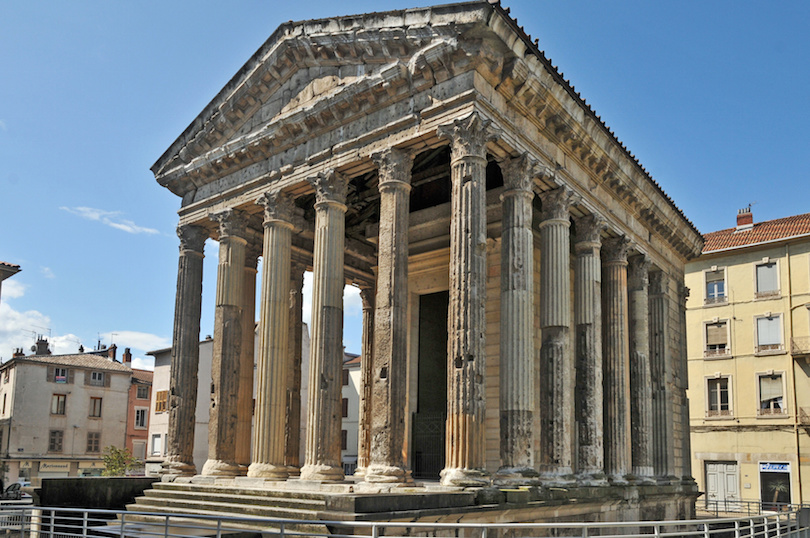
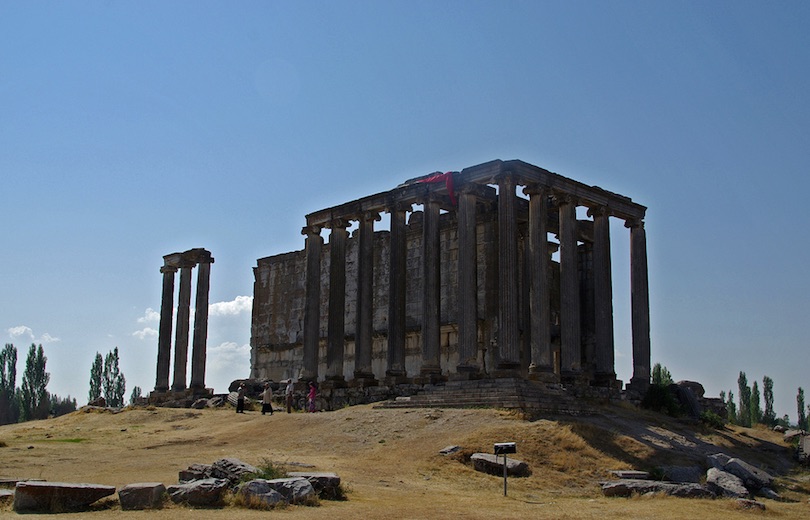 flickr/Sebastia Giralt
flickr/Sebastia Giralt
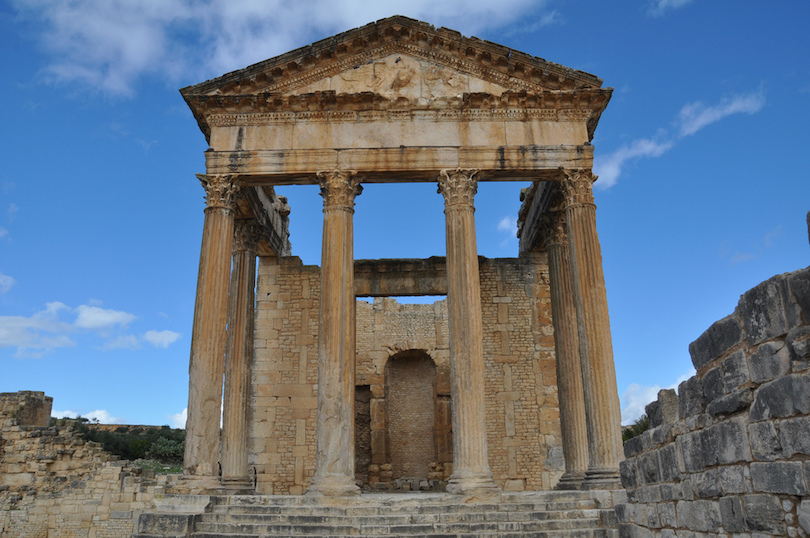 flickr/Bitxi
flickr/Bitxi
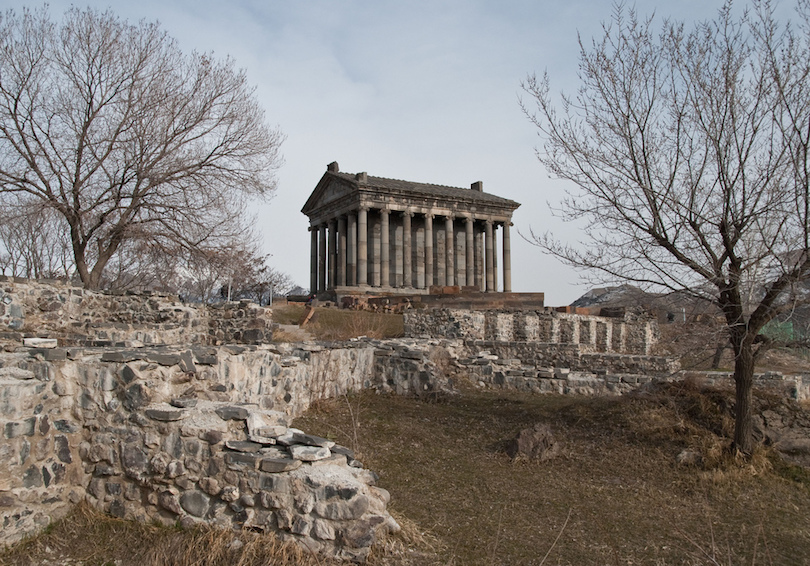 flickr/Inna_Zyu
flickr/Inna_Zyu
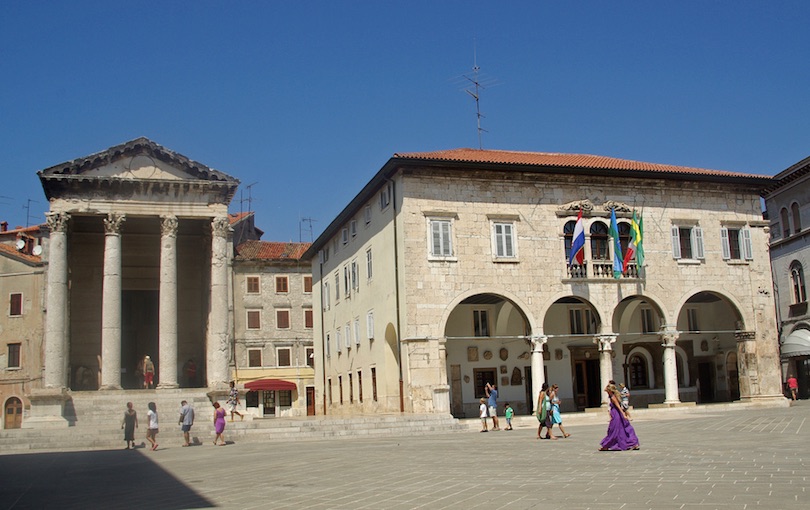 flickr/Sebastia Giralt
flickr/Sebastia Giralt
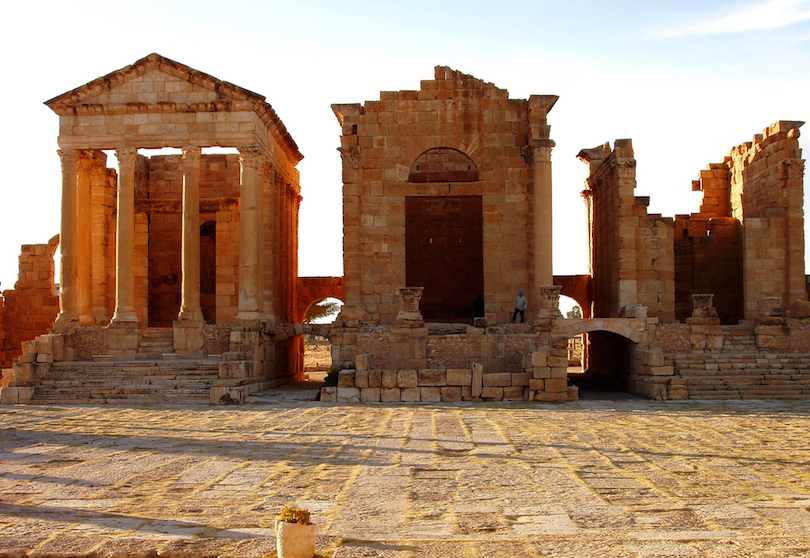 flickr/damiandude
flickr/damiandude
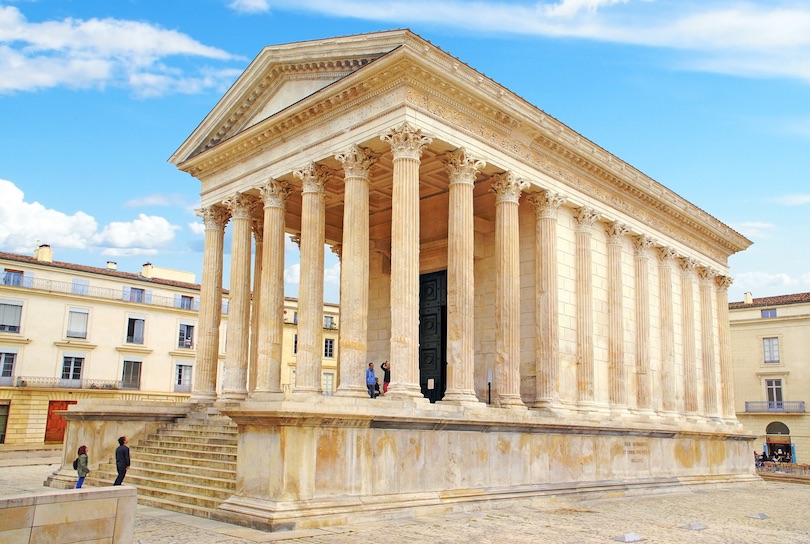
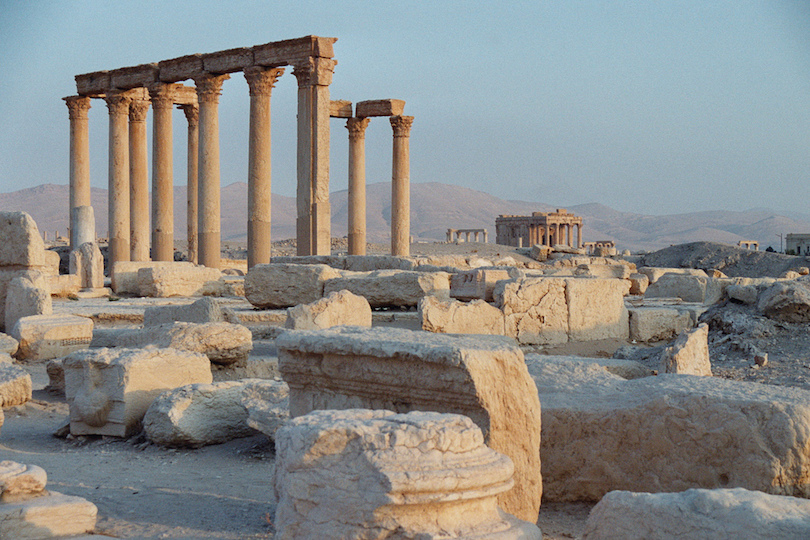 flickr/A travers
flickr/A travers
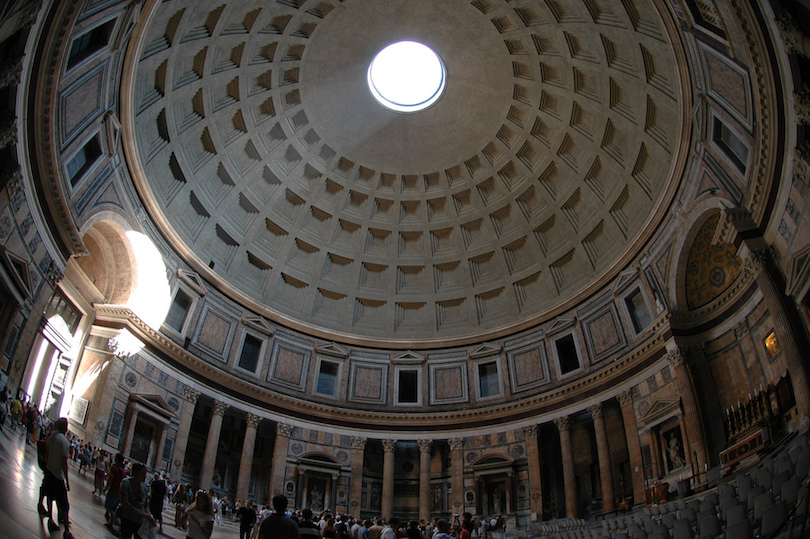 flickr/John Morton
flickr/John Morton
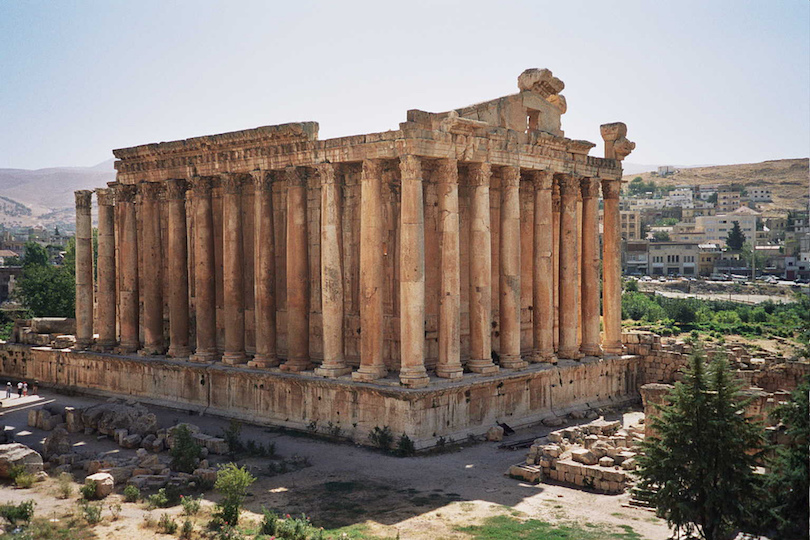 flickr/upyernoz
flickr/upyernoz
An overview of the most amazing ancient Roman temples that can found during a ancient Roman tour around the Mediterranean.
10. Temple of Augustus and Livia

The Temple of Augustus and Livia, built at the end of the 1st century BC, survives today basically intact in the city of Vienne, France. Closely similar to the famous Roman temple Maison Carrée in Nîmes, the temple in Vienne was originally dedicated to Augustus. In 41 AD the ancient Roman temple was rededicated to his wife Livia in by her grandson Claudius, the Roman emperor who was born in nearby Lyon.
9. Temple of Zeus at Aizanoi
 flickr/Sebastia Giralt
flickr/Sebastia Giralt
Aizanoi, has been inhabited since 3000 BC, and grew wealthy under the Roman Empire through production of wool, grain, and wine. Aizanoi’s most impressive structure, the Temple of Zeus is the best-preserved Roman temple in all of Anatolia and was built in the 2nd century AD. The money needed for the temple’s construction was met by renting out land around the temple. However, the boundaries of the temple lands were unclear, and those who worked them refused to pay the taxes Emperor Hadrian settled the dispute and copies of the letters which were of such significance for the city were later inscribed on the temple walls.
8. Dougga Capitol
 flickr/Bitxi
flickr/Bitxi
Located in northern Tunisia, Dougga is sometimes called “the best-preserved Roman small town in North Africa”. Amongst the most famous monuments at the site are a Punic-Libyan mausoleum, the theatre and the capitol. The capitol is a Roman temple from the 2nd century CE, principally dedicated to the three most important Roman gods: Jupiter, Juno and Minerva. It has a secondary dedication to the well-being of the emperors Lucius Verus and Marcus Aurelius.
7. Garni Temple
 flickr/Inna_Zyu
flickr/Inna_Zyu
Dedicated to Helios, the Roman god of the sun, the Garni temple in Armenia was built by the Armenian King Trdates I in the 1st century AD. The construction was probably funded with money the king received from the Roman Emperor Nero in exchange for military support against the Parthian empire. The Garni Temple contains 24 Ionic columns resting on a elevated podium and unlike other Greco-Roman temples, it is made of basalt. In 1679 an earthquake completely destroyed the ancient Roman temple and it lay in ruins until its reconstruction in the 1970s.
6. Temple of Augustus in Pula
 flickr/Sebastia Giralt
flickr/Sebastia Giralt
The Temple of Augustus is the only remaining structure from the original Roman forum in Pula, Croatia. Dedicated to the first Roman emperor, Augustus, it was probably built during the emperor’s lifetime at some point between 2 BC and his death in AD 14. Under Byzantine rule, the temple was converted into a church and was later used as a granary. It suffered considerable damage during WWII when the temple was hit by a bomb. Consequently, much of the structure was rebuilt since that time.
5. Sbeitla Forum Temples
 flickr/damiandude
flickr/damiandude
Sbeitla (or Sufetula) is a fairly well preserved Roman city in the mid west of Tunisia. The city contains a vast almost square forum paved with stone slabs and surrounded by a wall. The forum has a gateway on one side and three Roman temples on the opposite side. Instead of constructing only one temple dedicated to the three most important Roman gods, Jupiter, Juno, and Minerva, the inhabitants of Sbeitla built separate temples for each one. A similar arrangement is only found at Baelo Claudia, in Spain.
4. Maison Carree

Maison Carrée, located in Nimes, France, was built in 16 BC by the Roman General Marcus Vipanius Agrippa, and was dedicated to his two sons who both died young. It is one of the best preserved Roman temples in the world. The Maison Carrée owes its exceptional state of preservation to the fact that it was transformed to a Christan church in the 4th century, saving it from destruction. It has also been a town hall, a stable, a storehouse, and finally a museum.
3. Palmyra
 flickr/A travers
flickr/A travers
Situated in an oasis 130 miles north of Damascus, Palmyra is one of Syria’s most popular tourist attraction and is on the standard Roman tour destinations around the country. For centuries Palmyra was an important and wealthy city located along the caravan routes linking Persia with the Mediterranean ports of Roman Syria. There is much to see at the site today for tourists, including the huge Temple of Bel, the monumental arch and the colonnade that once consisted of 1,500 Corinthian columns.
2. Pantheon
 flickr/John Morton
flickr/John Morton
One of the best preserved Roman buildings, The Pantheon in Rome was built in 126 AD as a temple for all the Roman gods. The temple has served as a Roman Catholic Church since the 7th. The Pantheon consists of a large circular portico with three ranks of huge granite Corinthian columns. The portico opens into a rotunda which is topped with a concrete dome with a central opening: the oculus. A great time to visit the Pantheon during a Roman tour is when it’s raining in Rome and you can see the rain pouring into the building through the oculus.
1. Baalbek
 flickr/upyernoz
flickr/upyernoz
Baalbek, also called Heliopolis, is a spectacular archaeological site in northeastern Lebanon. From the 1st century BC and over a period of two centuries, the Romans built three temples here: Jupiter, Bacchus and Venus. Created to be the largest temple in the Roman empire, the temple of Jupiter was lined by 54 massive granite columns each each of which were 21 meters (70 feet) tall. Only 6 of these titanic columns remain standing but even they are incredibly impressive. The best preserved temple at the site is the Temple of Bacchus built in 150 AD. The ancient Roman temple was dedicated to Bacchus, also known as Dionysus, the Roman god of wine. Today, it is one of the top tourist attractions of a Roman tour in Libanon.